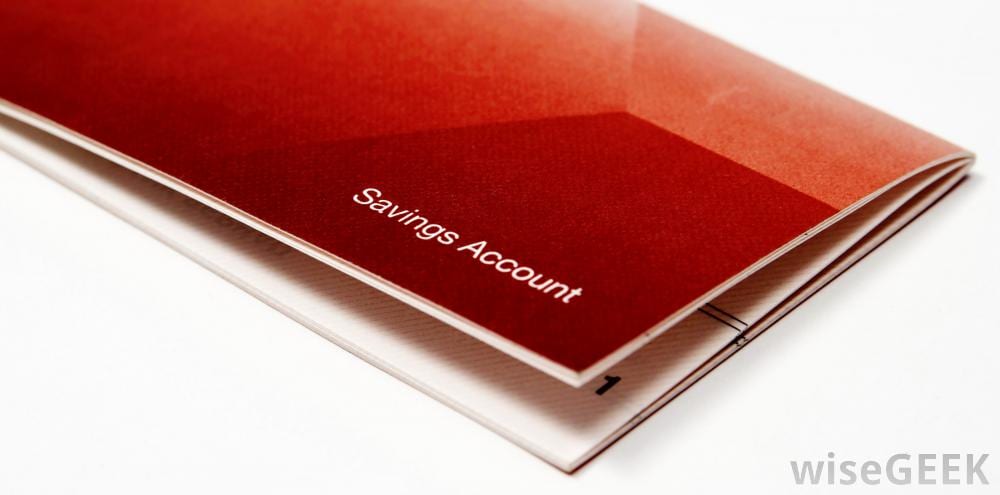Introduction
In a time when the economic pulse of Canada seems to be beating with uncertainty, many are feeling the pressure. A recent survey in Ontario reflects a broader sentiment felt across the nation: a concern for personal financial stability in the face of economic challenges. As a Licensed Insolvency Trustee, I understand these concerns and am here to guide you through these turbulent times. This article will explore how expert guidance can help you navigate through financial hardships and find a path to a more secure financial future.
Understanding the Role of a Licensed Insolvency Trustee
What is a Licensed Insolvency Trustee?
As a Licensed Insolvency Trustee, I am a federally regulated professional who provides personalized, legally binding solutions for debt relief. In an era where a significant portion of Canadians are concerned about their financial future, my role is to offer a beacon of hope and practical solutions.
The Difference Between LITs and Other Debt Relief Services
Unlike other debt relief services, LITs offer a comprehensive approach to financial recovery. In a climate where many feel the country is in a recession, our services are not just about immediate relief but about building a sustainable financial future.
Common Financial Challenges Faced by Canadians
Overview of Current Economic Challenges in Canada
Recent surveys indicate that a vast majority of Ontarians believe Canada is experiencing recession-like conditions, with concerns about high inflation and interest rates. These economic factors are not just numbers; they deeply affect individual financial health.
Personal Stories – How Economic Trends Affect Individuals
With nearly half of Ontarians expecting to fall behind financially, the personal impact of these economic trends is significant. From rising living costs to stagnant wages, the financial challenges are real and varied.
How a Licensed Insolvency Trustee Can Help
Navigating Debt with Professional Guidance
In these times, when economic optimism is low, a Licensed Insolvency Trustee can provide the guidance needed to navigate through debt. By understanding each unique financial situation, we can develop realistic and achievable debt management plans.
Consumer Proposals: A Viable Alternative to Bankruptcy
With financial pressures mounting, a consumer proposal can be a lifeline. It’s a negotiated agreement that can reduce debt amounts and extend repayment periods, offering a viable alternative to the more drastic step of bankruptcy.
The Bankruptcy Process and How It Can Offer a Fresh Start
Bankruptcy, while often seen as a last resort, can be a path to a new beginning. In situations where other options are exhausted, it can provide relief and a chance to rebuild financially.
The Benefits of Working with a Licensed Insolvency Trustee
Tailored Financial Solutions
Every individual’s financial situation is unique, especially in these challenging economic times. As a Licensed Insolvency Trustee, I provide tailored debt relief strategies, ensuring a more effective path to financial health.
Legal Protection and Peace of Mind
Working with a Licensed Insolvency Trustee offers not just financial guidance but also legal protection. This can be a significant relief, especially when facing the stress of cost-of-living pressures like high housing, food, and gas prices.
Long-Term Financial Health and Stability
The ultimate goal is to achieve long-term financial stability. By equipping you with the tools and knowledge for better financial management, we aim to turn today’s relief into tomorrow’s financial freedom.
Preparing for Your Consultation with a Licensed Insolvency Trustee
What to Expect in Your First Meeting
In your first meeting, we’ll discuss your financial situation in detail and explore your options. This is a critical step in understanding and tackling your financial challenges.
Documents and Information to Bring
Bring financial documents like income statements, a list of debts, and monthly expenses. This information will help us create a clear picture of your financial standing and develop a tailored plan.
Conclusion
In a time when economic spirits are low and financial pressures are high, reaching out for professional help can be a game-changer. As a Licensed Insolvency Trustee, I am here to help you navigate these challenging times. If you’re ready to take control of your finances, reach out for a consultation. Together, we can start a new chapter in your financial story.


